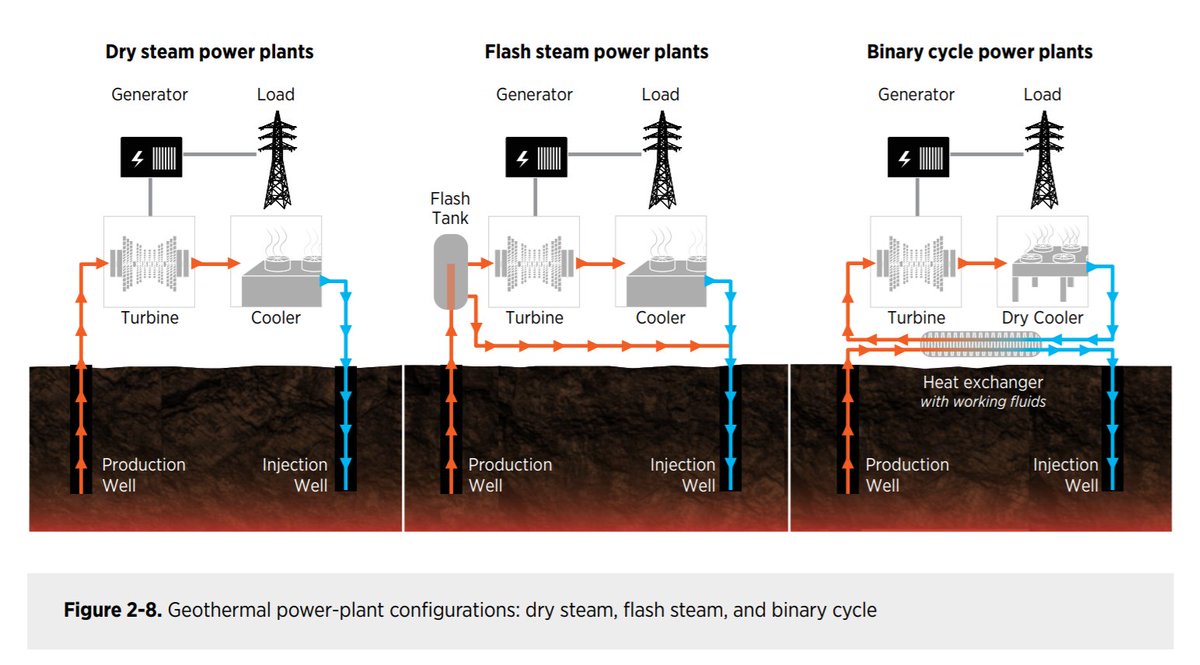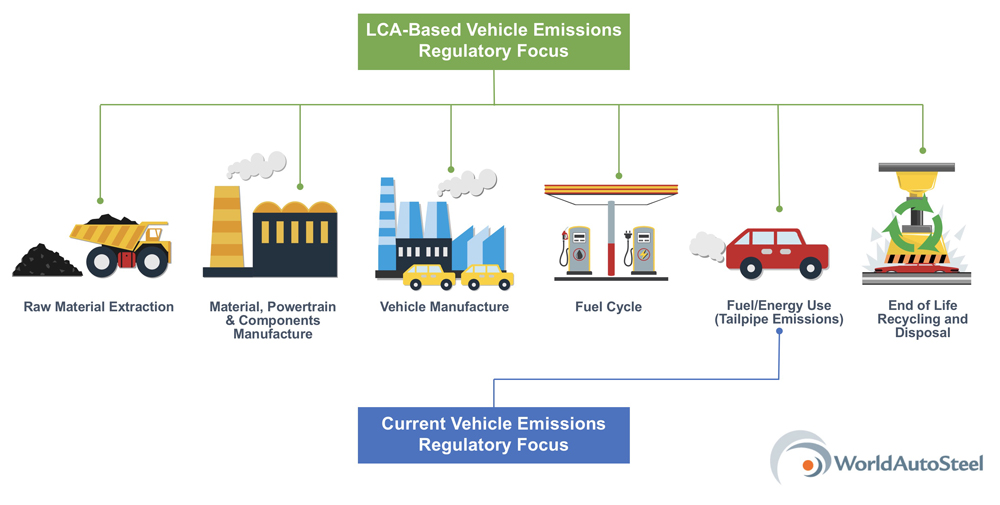
1/Alright this is an experiment, probably my most obscure thread to date, but I want to talk about one of the step-change tech breakthroughs being applied to geothermal that is transforming the sector: the polycrystalline diamond cutter (PDC) drill bit. THREAD:
2/First, a little overview of the drilling process, which is similar whether you are targeting oil, gas, geothermal, minerals, water, etc. It mostly involves breaking rock down with a drill bit and removing the pieces by circulating them up from the bottom. 

3/A predominant early method of drilling basically involved dropping something hard into the ground over and over again to make a hole, called “percussion drilling”. You can see this technique in action many times in There Will Be Blood.
4/Percussion drilling was slow and didn’t offer much opportunity for control, rotating the drill bit was far more efficient than smashing, and by the late 1800s “rotary drilling”, started taking over.
ethw.org/Drilling_is_Es…
ethw.org/Drilling_is_Es…

5/In the 1910s, Howard Hughes Sr. realized the new rotary drilling needed an entirely new bit and developed the two-cone rotary rock bit. The bit and its successors were wildly successful, dominating the industry and making Hughes Jr. one of the wealthiest people in the world. 

6/That Hughes roller bit became the dominant technology for a century. But in 1971, a new kind of bit, the polycrystalline diamond cutter (PDC) bit, was patented by GE. Turns out it takes something pretty hard to break down rock, and there is nothing harder than a diamond.
7/Diamonds are expensive. But so is drilling, so it actually turns out to be cost effective to use them. The manufacturing process involves mixing diamond grit with a catalyst and them smashing it a 1M psi and ~1500C to make the required shape. Wild stuff. slideshare.net/AmirRafati/dri… 



8/Diamond inserts would be placed on drill bits. Initially, this included the roller bit that Hughes made famous, but soon others had an idea that diamonds are hard enough to not just crush rock, but to actually scrape it away. It’s a much more efficient way to drill. 

9/So by the 1970s, the PDC bit was introduced as an alternative to the tricone roller bit. But uptake was slow, less than 2% of footage was drilled by PDC bits in 1980. As a new product, it was expensive and had reliability issues holding up to harsh downhole conditions. 



10/What to do when a new tech needs to be improved to be commercially viable? Well like so many things, the Department of Energy came to the rescue. Spurred by the energy crisis of the 1970s, an influx of funds focused on energy independence led to major developments in PDC bits.
11/DOE led projects from Sandia National Lab partnered with industry to make tougher cutters that work at higher temperatures, more durable materials, optimized cutter placement and more. As a result, the performance of the new PDC bits continued to improve. 

12/This improved performance led to a steady increase in PDC adoption, to the point that by the mid 2000s PDC bits took over half the market. The faster drilling from the PDC bit is an underappreciated driver of the Shale Revolution that would take off just a few years later. 

13/Performance in drilling after the PDC bit was fully commercialized has been truly astounding. The EIA tracks Drilling Productivity, and in just the last 10 years, productivity has increased 10X in basically every basin. The PDC bit has been instrumental in this progress. 

14/But by and large the PDC bit hasn’t been used for geothermal, yet. Geothermal wells are in harder and hotter conditions than oil wells, so some of the reliability issues that prevented PDC bits from working in oil in the early days are even more pronounced in geothermal.
15/But probably the bigger factor is timing. Most geothermal wells were drilled decades before PDC bits were commercialized, and even the mini geothermal boom of the late 2000s happened before PDC bits could stand up to hard rock conditions. 

16/But the last 10 years have continued to see rapid advancements in PDC technology, and now PDC bits can finally work well even in geothermal drilling conditions. We are seeing custom designed PDC bits for geothermal from suppliers for the first time. nov.com/about/news/pho…
17/And the early results of PDC bits in geothermal have been impressive. I noted this last week from the Utah FORGE project results where they finished drilling the first deep well in half the budgeted time.
https://twitter.com/TimMLatimer/status/1364616441115201539?s=20
18/Indications are that widespread PDC bit adoptions will lead to a step change in geothermal performance. All cost models and projections for geothermal have been built on decade old historical data without factoring modern tech advancements.
19/As the #GeothermalDecade gets going, expect to see a lot of places like PDC bits where decades of drilling advancement can be applied to geothermal all at once. It’s one of the big reasons why geothermal is poised to takeoff. END.
• • •
Missing some Tweet in this thread? You can try to
force a refresh










